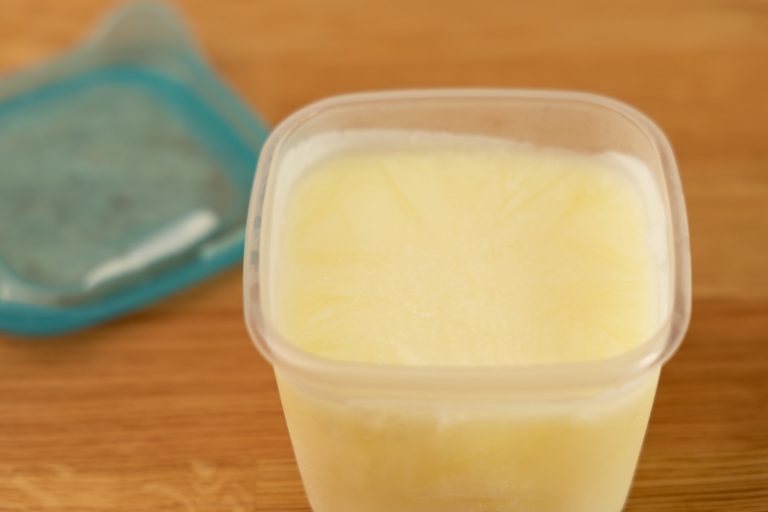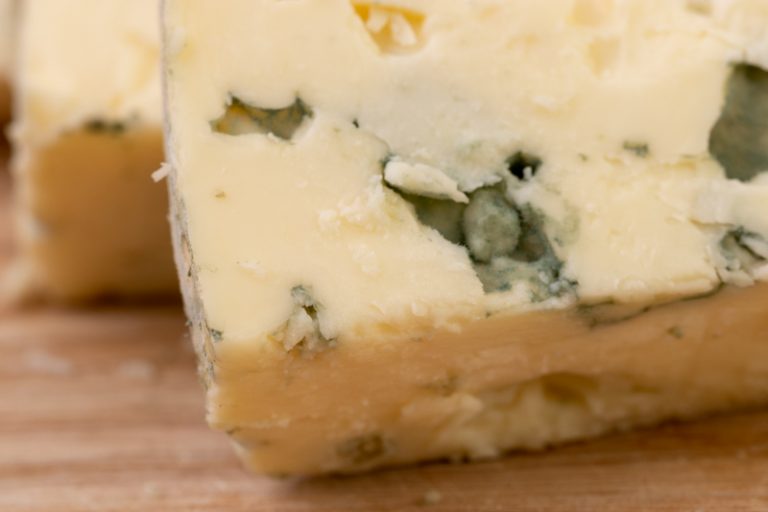Can You Freeze Brie Cheese? (3 Ways To Freeze It)
You have some leftover brie or even a full wheel or two you’ve bought on clearance and no plans for that cheese.
Brie isn’t cheap, and throwing it out is out of the question. That made you start thinking about other options, and freezing came up. That’s when you started wondering: can you freeze Brie cheese?
You can freeze Brie cheese, but freezing it changes Brie’s texture, making its taste noticeably worse. Because of that, it’s best to use frozen Brie in recipes that require you to cook or grill the cheese. In those, the altered texture is hardly noticeable.
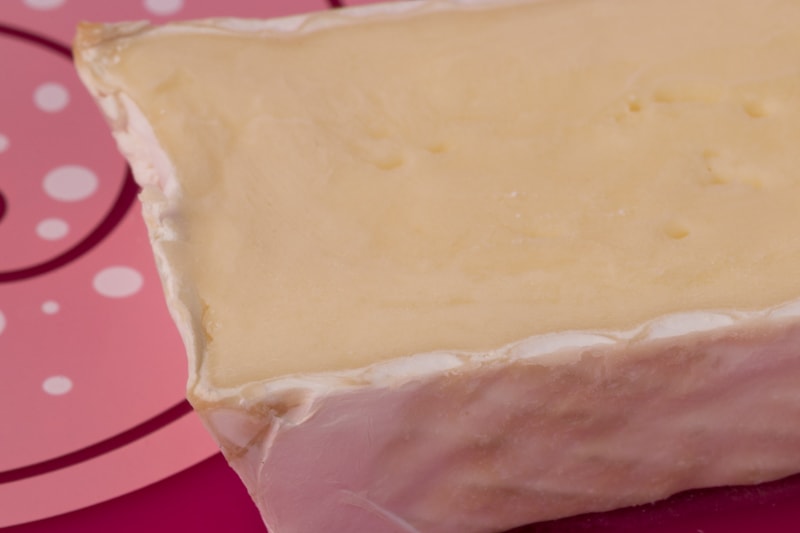
But before you chuck the cheese into the freezer, you want to know if it makes sense, and what to expect. And that’s the first thing I’d like to discuss.
How Freezing Affects Brie?
Freezing changes the texture of Brie, but only a little. It’s nowhere near the changes that frozen kefir or buttermilk undergo.
What are those changes? The cheese isn’t as spongy as it used to, and there’s a slight loss of taste.
Plus if it’s not a full wheel and you don’t wrap each piece tight, it slowly dries out.
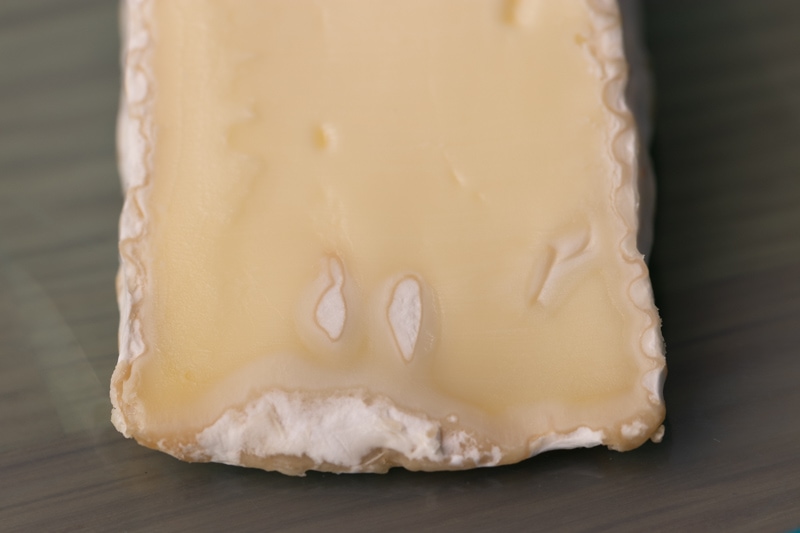
In short, the quality of Brie you will end up with after thawing depends heavily on the effort you put into freezing.
If you’re ready to wrap each piece individually, your Brie will be only marginally different from the fresh stuff.
If you want to make it quick (that’s what I do most often), the quality of the cheese after defrosting will be worse, but still usable. Especially, if you like grilled and melted cheese.
To sum it up, you can freeze Brie, and control the quality of the cheese after thawing.
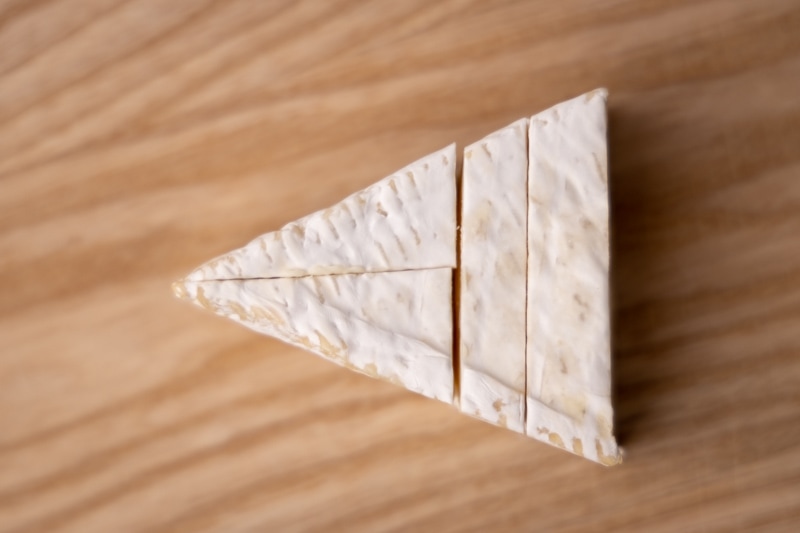
How To Freeze Brie
Below, I go through three options for freezing Brie.
The first one is freezing the French cheese whole, which is quick and simple, and works great if your plan for the Brie is to baked it following one of the hundreds of recipes online.
If your Brie is sliced (or you want to freeze it sliced) and you only have a couple of minutes and prefer convenience, the second one is for you. Please remember that the quality won’t be all that great, but if you’re going to melt the Brie, it’s not a big deal.
For the last one, prepare some cheese or parchment paper, and get ready for (possibly) a bit of work. That’s the recommended option if you want to eat your thawed Brie fresh for breakfast (but maybe not serve it to your guests).
Freezing Whole Brie
This method is best if you want to use that Brie to make one of the popular baked Brie recipes. It only requires a freezer bag and perhaps some aluminum foil, and a minute or so of work.
Here’s how you freeze a whole Brie wheel or wedge:
- (Optional) Wrap the Brie tightly. Use aluminum foil, plastic wrap, or even freezer wrap, and freeze the cheese tightly.
- Place the cheese in a freezer bag. Squeeze out the air before sealing it, and add a label if you like.
- Freeze the bag.
That’s it. The wedge or wheel will be frozen solid in a couple of hours and waiting in the freezer until you’re ready to make that baked or grilled Brie.
This method also works if you already started your Brie wheel or wedge. Make sure the exposed area is wrapped tight so that it doesn’t dry out.
Freezing Sliced Brie The Easy Way
This method is super simple. All you need (besides the cheese) is a cookie tray, a silicone mat (or cheese or parchment paper), and a freezer bag or container.
Once you have everything on hand, do the following:
- Slice the Brie. When choosing the thickness, consider how you’re going to use the cheese. If it goes into a soup or a stew, a couple of of thick slices should be okay. If you’re going to melt it on bread, thinner slices might be in order.
- Pre-freeze the slices. Grab a cookie tray (or a large plate), and line it with a silicone mat (or something else that the Brie won’t stick to, like cheese, parchment or waxed paper). Put the slices on the tray in a single layer so that they don’t touch each other. Put everything into the freezer and leave there until the Brie freezes. A couple of hours or overnight both work well.
Brie slices on a silicone mat, right before freezing - Transfer frozen slices into a freezer bag or container. Label it with a name and date if you like.
Frozen Brie slices transferred into a container - Back into the freezer.
That’s it. The cheese is ready to sit in the freezer for a couple of months.
The surface of the cheese will dry out over time – the more the longer it sits in the freezer. That’s why I recommend using it only for melting.
Freezing Sliced Brie The “Proper” Way
The main difference between this and the earlier option is that here you make sure the cheese is wrapped tightly. This way, Brie doesn’t dry out and suffer from freezer burn.
If you want to use frozen and thawed Brie without melting it, go with this method.
Before you get your hands dirty, make sure you have something you can use to wrap your Brie. It can be the original wrap it comes in (if there’s enough of it left), cheese paper, or something more popular like parchment or waxed paper.
In short, you want to be able to unwrap the cheese after thawing without it sticking to its packaging.
Here’s what to do:
- Slice your Brie (or not). Begin by deciding if you need smaller slices or if a big chunk or even a full wheel is okay. Each option has its pros and cons. Slices require individual wrapping, while a big chunk might be too much to eat within a few days.
- Wrap each piece tightly. If you go with a big chunk, usually you can use the wrap the cheese comes in. Otherwise, one of the other wrap options I listed above is in order. Make sure each piece is wrapped tightly, so that the cheese’s surface isn’t exposed to cold air and doesn’t dry out. And that the wrap is secured in place.
- Transfer wrapped pieces into a freezer bag. Before you seal the bag, remove as much air as possible, to further protect the Brie. Add a label with name and date if you like.
- Freeze everything.
As you can see, in this method we skip pre-freezing, but we wrap each piece individually. The latter requires additional effort and uses extra wrap, both of which I tend to avoid.
How To Thaw Frozen Brie
When it comes to thawing Brie, there are two options:
- In the fridge. Brie needs anywhere between an hour (for thin slices) up to a whole night (for a full wheel) to defrost in the refrigerator. That means you need to plan accordingly. The good news is is that thawing the fridge almost always yields better results (in terms of quality) than other methods of defrosting.
- Add it frozen. If you’re going to melt the cheese anyway, usually you can omit thawing. Just throw it into the pot, or put on top of your toasts. Remember to adjust the cooking time to account for melting of the cheese.
If you’re going to eat Brie fresh, make sure you first defrost it and then warm it up for half an hour at room temperature for best taste.
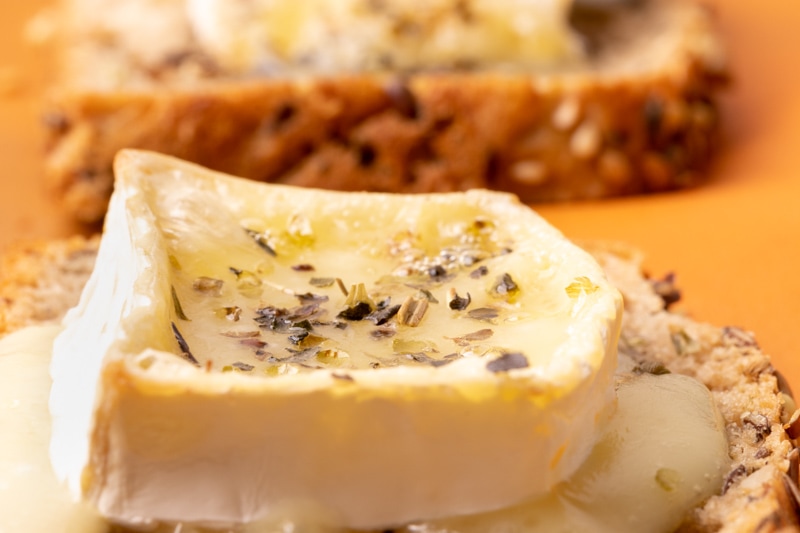
How To Use Frozen and Thawed Brie?
As I mentioned, the options you have for frozen Brie depend on how did you freeze it.
If you’ve wrapped it tight, you can basically use it however you want.
Frozen and thawed Brie isn’t as good as fresh Brie, so adding it to a cheese platter for a dinner party is a bit too much. Eat it for breakfast with your family instead.
If you went with the “lazy” method I described, stick to cooked dishes. That means:
- Soups (there are dozens of creamy soups with melted Brie)
- Casseroles, stews, and the like
- Melting on top of bread, pasta, and so on
If you have some Brie in your freezer and no idea how to use it, here’s a super low-effort recipe you can follow.
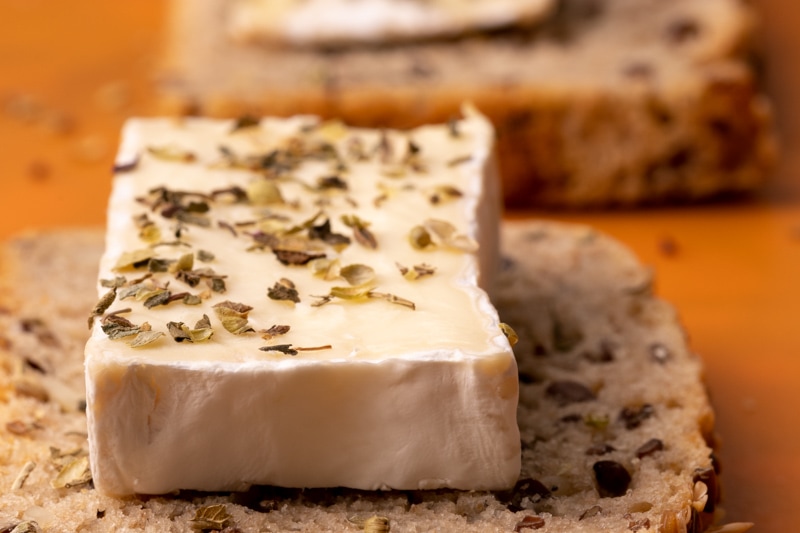
Low Effort Recipe: Toasts with Brie
For starters, make sure you have some bread, bagel, or any other baked good you can melt Brie on. Got it? Okay, let’s get cooking:
- Preheat the oven to 360°F (or 180° C).
- Prepare toasts. Slice the bread and Brie. Top the slices with the cheese. If you like aromatics (like I do), sprinkle each piece of Brie with a bit of (dried) basil and oregano. Or use your favorite spice(s).
- Prepare the pan. Grab a baking pan (or anything else that will do the job), line it with a silicone mat (or aluminum foil), and put the toasts onto it.
- Bake. I baked mine for about 10 minutes, but it all depends on the thickness of the bread and Brie, and if the cheese was thawed or not. Finish when you see that the cheese has melted nicely, or a bit earlier if you like it hot but not totally melted.
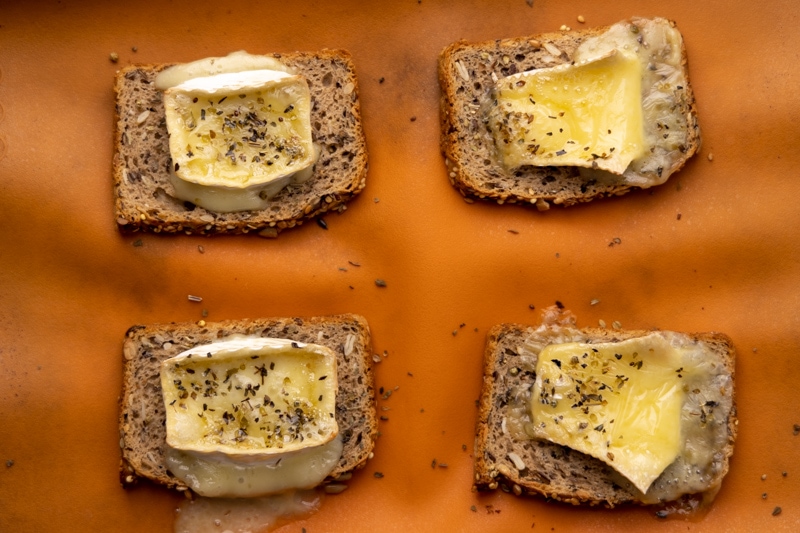
You can use either frozen or defrosted Brie in this recipe. That means you can do it even if you don’t have thawed Brie on hand.
This recipe is one of the easiest ways of using frozen Brie. In most cases, you already have everything you need to get this done, and the instructions are dead simple.
Want to use up your frozen Brie? Get up, and in less than 20 minutes you’ll have those toasts ready on a plate.
Want to learn more about cheese in general?
Check out our guide:
Rotten Records: Share Your Snap!
Caught some food past its prime? Upload your photo to “Rotten Records” and help others spot the signs of spoilage. Every image makes our food community safer and more informed!
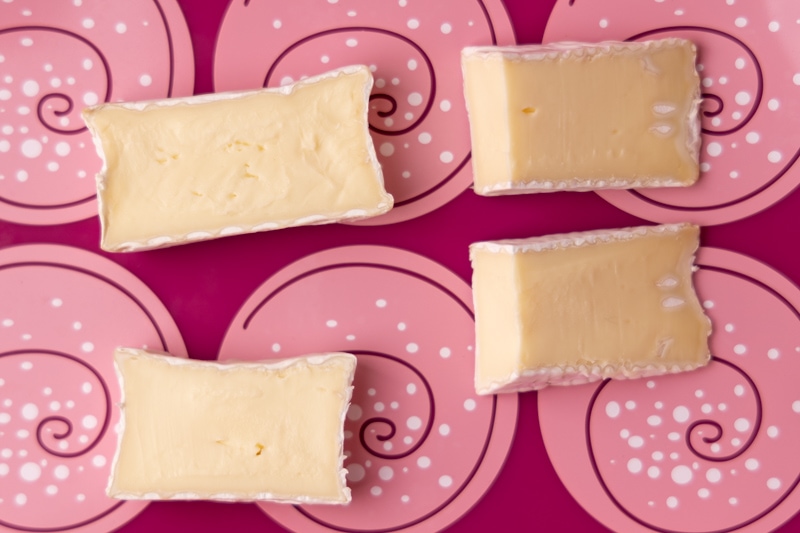
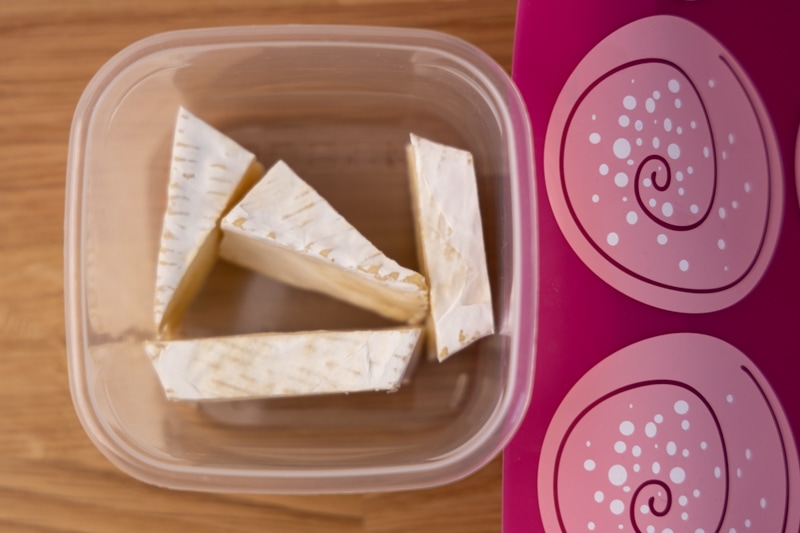
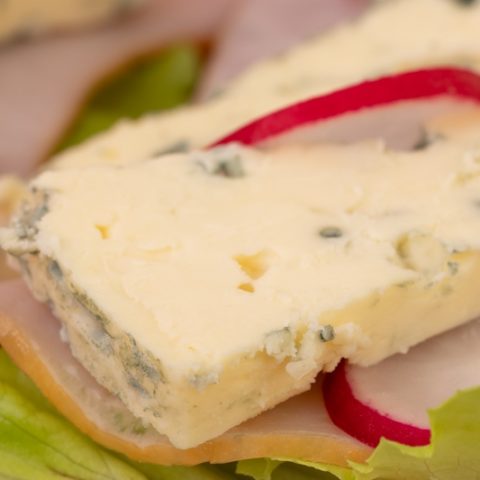
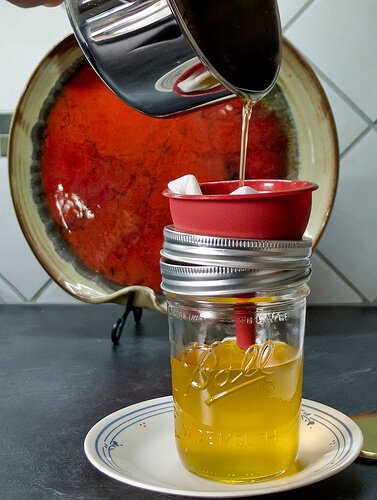
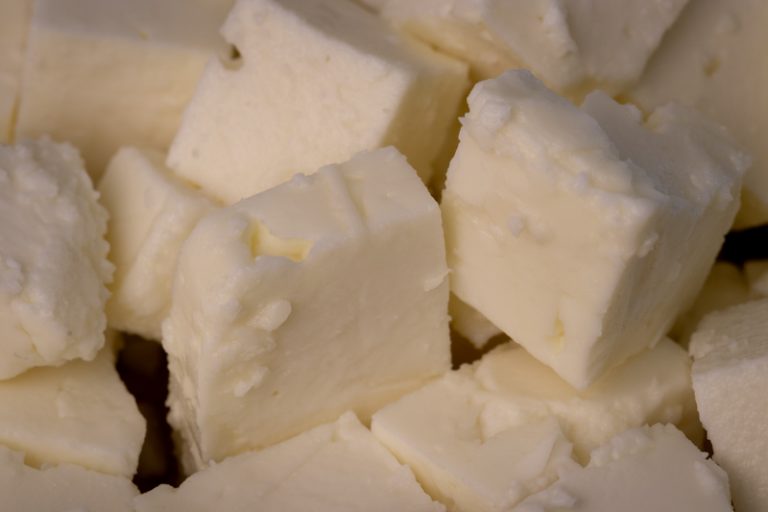
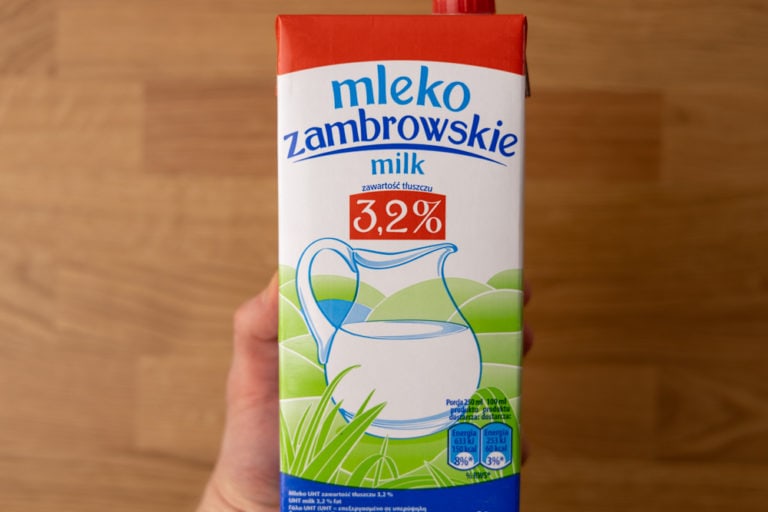
![Can You Freeze Shredded Cheese? [Yes, Here’s How]](https://www.doesitgobad.com/wp-content/uploads/Frozen-shredded-mozzarella.jpg)
